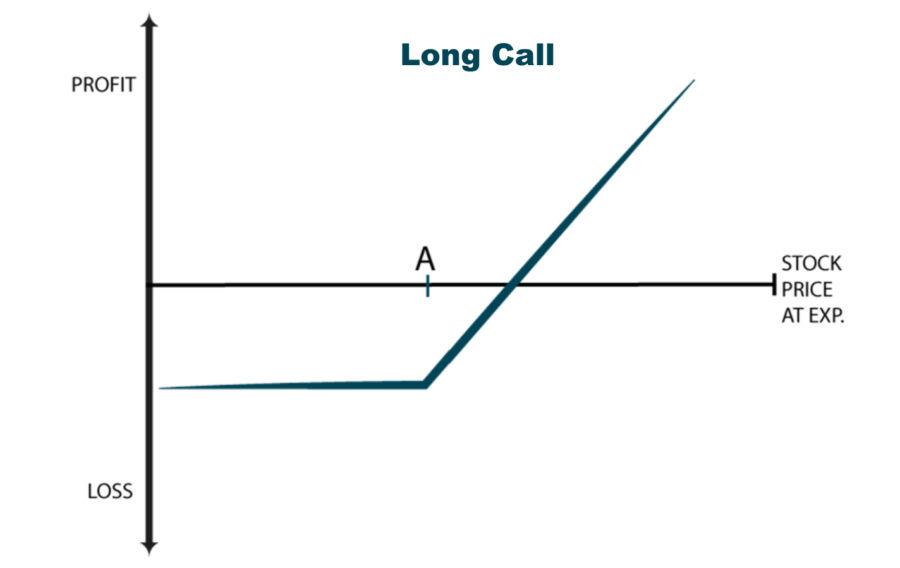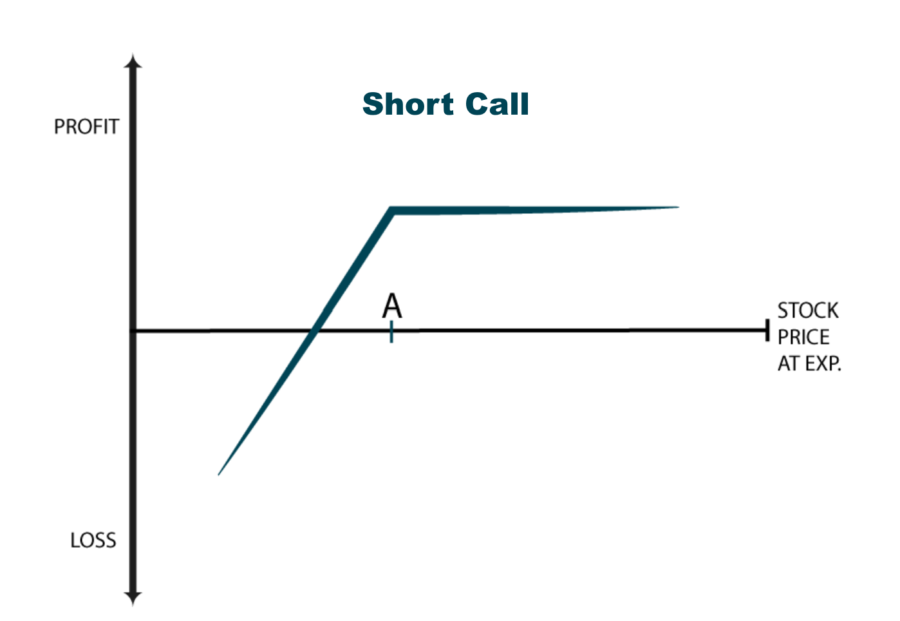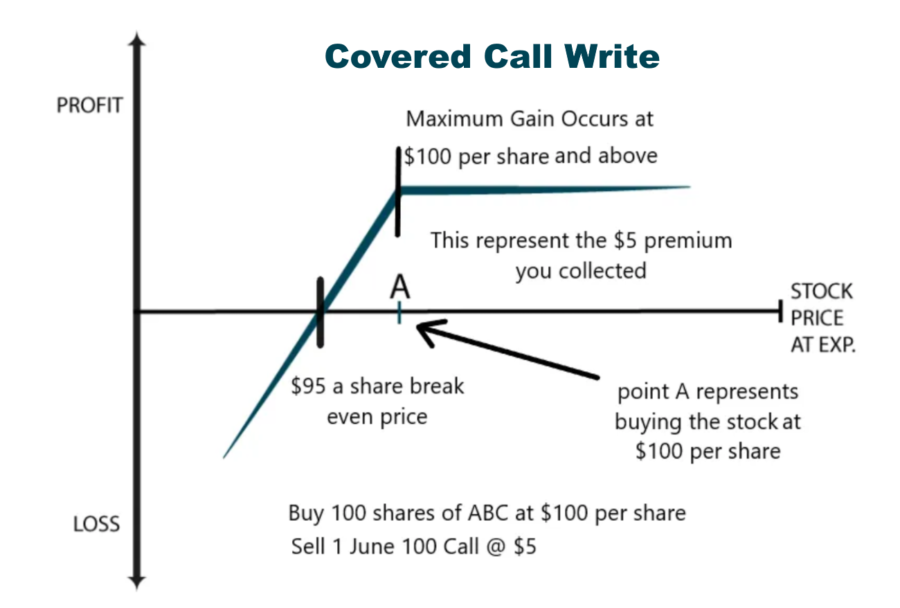The post Best Options Trading Strategies by Luke Jacobi appeared first on Benzinga. Visit Benzinga to get more great content like this.
Start Your Options Trading Journey with Benzinga Options School
Options trading strategies help traders hedge their positions and can result in higher returns than stock trading. Options strategies can also help investors protect or enhance their return on an underlying position. Options trading is complex, and knowing the fundamental strategies can make it easier to navigate the financial markets. Discover the best trading strategies that revolve around options.
Table of contents
[Show]
Picking an Options Strategy
Many classic options trading strategies exist, but not all are suitable for every trader or investor at any particular time. You should make sure to use strategies that suit your personal risk tolerance and encapsulate your market view over the lifetime of the included options. For example, selling naked put or call options or using a covered write strategy can potentially expose you to an unlimited risk of loss if your market view turns out to be incorrect.
Ensure that you can stomach any potential losses before getting into an options position since unwinding option trades before expiration can involve additional unanticipated costs due to dealing spreads, time elapsed since the trade was initiated, and changes in implied volatility or other option valuation factors.
One common way traders visualize the risk and reward taken when using a particular options strategy involves plotting the payoff or profit and loss (P&L) profile of the strategy at its expiration date. These charts typically have profit or loss displayed on the Y-axis and levels of the underlying asset displayed on the X-axis. Kinks in the strategy’s plotted profile generally occur at the strike prices of any options it includes.
Once an experienced options trader has plotted the payoff profile of any options strategy they are considering picking, their trained eye can then often quickly see if the strategy would be suitable to profit adequately from their market view without exceeding their tolerance for risk.
Best Options Trading Strategies
Some of the more popular options trading strategies that just about everyone can understand and implement if they have the authority to execute are below. These involve using one or more options with a single expiration date.
Long Call or Put
A long call or put strategy involves simply purchasing the desired option. In the U.S. stock market, each stock options contract covers 100 shares. A stock option holder has the right to buy 100 shares of stock in the case of a call or sell 100 shares of stock in the case of a put at the option’s strike price at any time up to and including its expiration date.
Investors and traders can purchase options as a way of limiting their downside risk when holding or shorting a stock. A long option position acts as an insurance policy by establishing a worst-case price and a loss limited to your initial premium paid for the option in case your market view turns out to be wrong.
Consider an example where you have a bullish view and buy one call option on 100 shares of stock with a strike price of A. Your downside is limited to the premium you paid in case the market declines, while your upside is potentially unlimited if the market rises. Your breakeven is equal to the strike price of the option plus the premium paid.

A payoff diagram of a long call option with a strike price of A. Source: TheOptionsProphet
In the option payoff diagram above, the blue line represents the payoff of a call option position. Losses are limited to the initial premium paid below the strike price A, while the breakeven of the strategy is the point at which the diagonal line crosses the X-axis.
Naked Short Call or Put
A short call or put strategy involves simply selling or “writing” an option “naked,” which means without having an underlying stock position. A stock option writer has an obligation to sell 100 shares of stock in the case of a sold call or buy 100 shares of stock in the case of a sold put at the option’s strike price anytime up to and including the option’s expiration date.
If your broker allows you to, you can sell put or call options as a way of taking in premium money when your market view is respectively bullish or bearish on the underlying stock. While your profits are limited to the premium paid, your potential losses would be unlimited in case your market view is wrong.
Consider a situation where you are bearish and decide to sell one call option on 100 shares of stock with a strike price of A. Your downside is potentially unlimited in case the market declines, while your upside is limited to the premium you took in if the market rises. Your breakeven is equal to the strike price of the stock minus the premium paid.

A payoff diagram of a sold call option with a strike price of A. The breakeven of the strategy is the point where the diagonal line crosses the X-axis. Source: Fyers
Covered Write
If you have an underlying long or short position in an asset, then you can sell call or put options against it. Many choose to increase the income on stock holdings in relatively stagnant market conditions by selling covered calls, which is sometimes also called a buy-write strategy. If the option ultimately ends up being exercised, then you will need to deliver your underlying position into the option contract.
This options strategy buffers any potentially unlimited losses you might take on the underlying position in the amount of the premium you receive for selling the option. In addition, your gains are limited to the premium you received beyond the strike price of the option. Note that this strategy has the same payoff profile as a short option position.
Say you sell a call option on 100 shares of a stock you own. If the stock price rises to the strike price of the call, you will simply deliver the stock into the call option when it is exercised, and any losses on the call option beyond that point are offset by gains on the underlying long stock position. If the stock price falls, then you will get the premium from selling the call option to buffer any losses on your stock position.

The payoff diagram of a covered call write strategy where you buy 100 shares of ABC stock at $100 per share and sell a call option on 100 shares with a 100 strike price for $5. As shown, the strategy has a breakeven share price of $95. Source: VantagePointSoftware
Bull or Bear Spreads
Options traders can use equal amounts of either calls or puts to create bullish or bearish strategies with limited upside and downside. In a so-called “vertical” spread, both options will have the same underlying asset and expiration date.
As an example, a trader with a mildly bullish view could buy a call at a lower strike price and sell a call at a higher strike price. This strategy would have a reduced net premium compared to buying the lower strike price call alone, although traders would not be able to profit from a rise in the underlying asset beyond the higher strike price of the sold call.

A payoff diagram of a bull call spread that involves buying a call with a strike price of A and selling a call with a strike price of B. The breakeven of the strategy is the point where the diagonal line crosses the X-axis. Source: Fyers
Study Additional Trading Strategies
Increasing your understanding of the options market allows you to experiment with various trading strategies. Just as we advise readers to diversify their portfolios, you can also diversify your trading strategies. Consider researching additional options strategies, including:
- Iron Condor: Simultaneously holding a bull put and bear call spread
- Iron Butterfly: Sell an at-the-money put, buy an out-of-money put and repeat the process as cover
- Long Strangle: Buying and out-of-money put and out-of-money call at the same time
- Long Straddle: Buying a put and call option at the same time
- Protective Collar: Buying an out-of-money put and writing an out-of-money call simultaneously
Best Online Option Brokers
Not every online broker will allow you to trade options, so make sure you select a broker that does. You will also want to check that any online broker you are considering is duly regulated in their local jurisdiction and takes clients from your country. These are some of the best online options brokers to consider.
Featured Broker: Interactive Brokers

get started
securely through Interactive Broker Primary’s
website
Interactive Brokers is a comprehensive trading platform that gives you access to a massive range of securities at affordable prices. You can buy assets from all around the world from the comfort of your home or office with access to over 150 global markets. Options, futures, forex and fund trading are also available, and most traders won’t pay a commission on any purchase or sale.
IBKR is geared primarily toward experienced traders and investors but now with the availability of free trades with IBKR Lite, casual traders can also acclimate to IBKR’s offerings.
Best For
- Options traders
- Traders trading 24/7
- Sophisticated investors
- Access to International markets
- Advanced trading platform & suite of options trading tools to create & execute sophisticated trading strategies
- Fixed fees offer infrequent traders low, flat rate per contract, inclusive of all fees
- Tiered fees offer active traders lower cost per transaction and possible exchange rebates for higher volumes
- Beginner investors might prefer a broker that offers a bit more hand-holding and educational resources
Options commissions range from USD 0.15 to USD 0.65 per U.S. options contract with Interactive Brokers. You can generate extra income with the Write/Rollover Options tool. The Write tool scans your stock positions and calculates the number of covered options to write against your uncovered stock. Use the Rollover tool to roll over options that are about to expire to a similar option with a later expiration date.
The Options Portfolio continuously and efficiently scours market data for low-cost option strategies to bring a portfolio in line with user-defined objectives for the Greek risk dimensions (Delta, Gamma, Theta and Vega).
Getting Into Options Trading
Building your knowledge around these derivatives can help you generate higher returns and minimize your losses. This extra preparation can help you avoid some of the most common pitfalls. As you trade options more often, you will get more comfortable with the different strategies. Practice makes you better, and a long-term approach can lead to outsized gains. Investors should consider their risk tolerance and financial goals before trading options.
Need help building your portfolio? Sign up for Benzinga Pro to see the best charting, indicators, news and insights the marketplace has to offer.
Frequently Asked Questions
What options strategy has the highest amounts of risk?
Selling uncovered calls has the most risk when it comes to options strategies,
Answer Link
What are the biggest options trading mistakes?
The most common options trading mistakes include trading in illiquid options, no exit strategy and making up for previous losses.
Answer Link
Is options trading better than stock trading?
Options trading can generate more gains than stock trading. However, options trading is more volatile and riskier than trading stocks. Investors should assess their financial goals before deciding whether to trade stocks or options.
Answer Link
The post Best Options Trading Strategies by Luke Jacobi appeared first on Benzinga. Visit Benzinga to get more great content like this.





